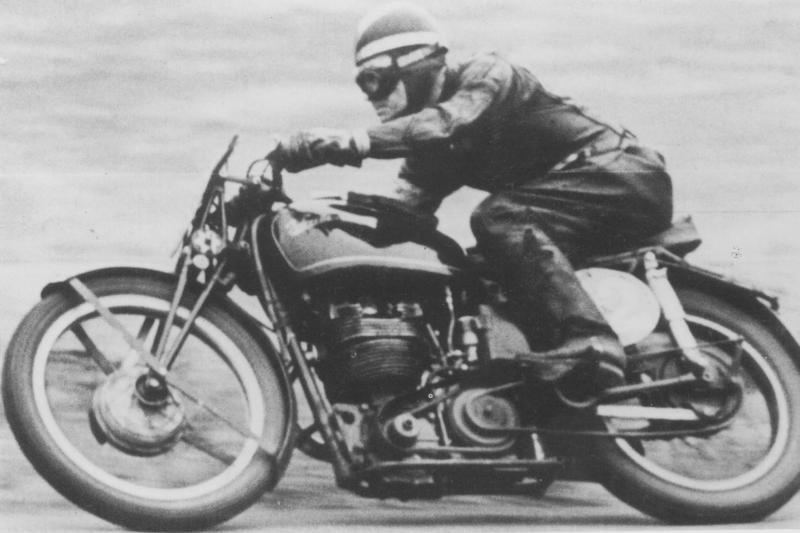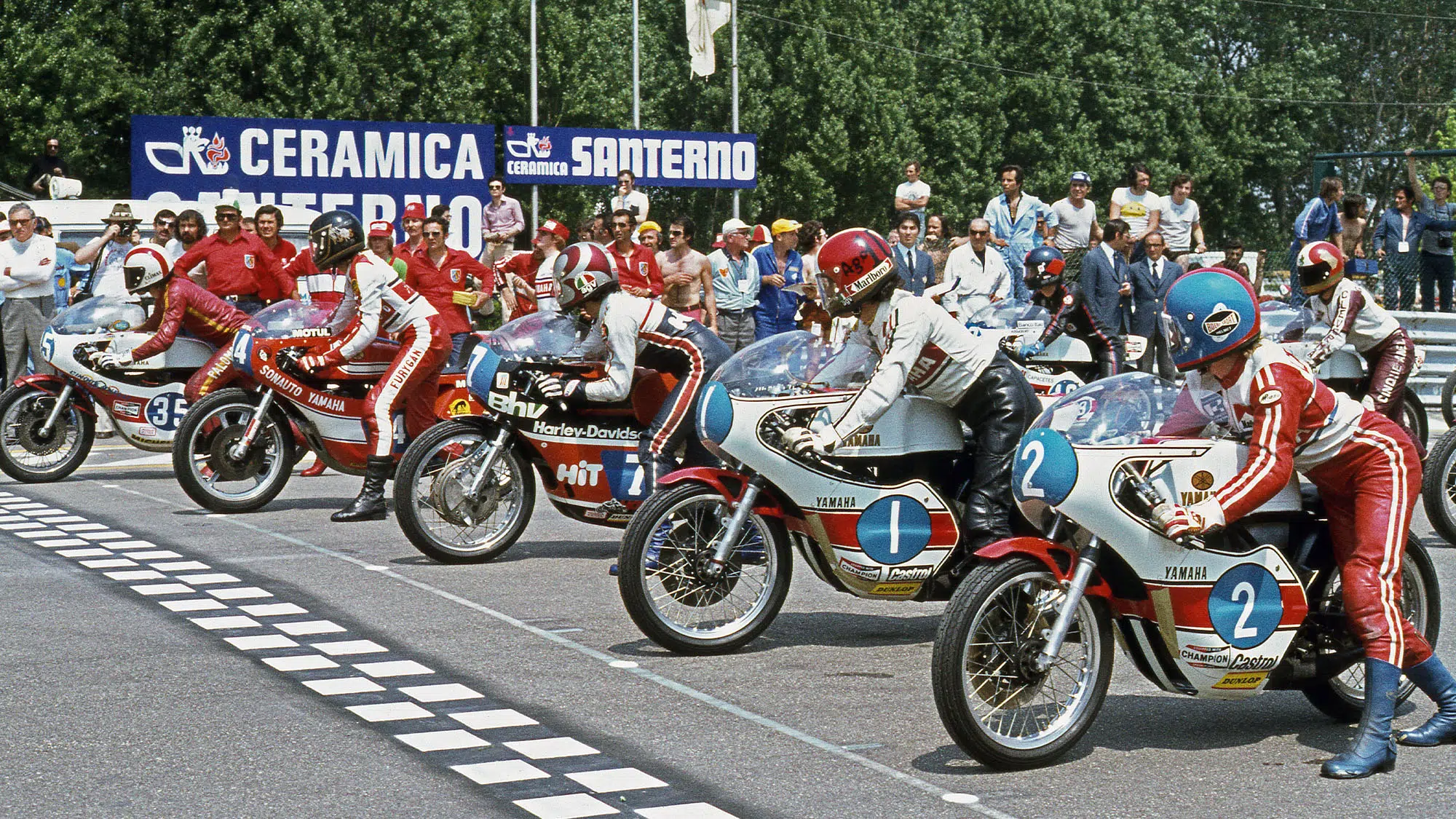MotoGP, the pinnacle of motorcycle racing, has witnessed a remarkable evolution in the design and technology of its bikes over the years. From the post-World War II era to the cutting-edge machines of today, this timeline explores the significant developments that have shaped the world of MotoGP.
- Blogs
- Automobiles
- The-evolution-of-motogp-bikes-6503100414e5bf000128799d
The Evolution of MotoGP Bikes
Automobiles • 14 Sept, 2023 • 3,39,570 Views • ⭐ 1.0
Written by Shivani Chourasia

1949-1960s: The Early Days of Lightweight Racing

In 1949, the FIM Grand Prix World Championship began with lightweight, single-cylinder motorcycles. These bikes featured air-cooled engines and modest power outputs. They were a far cry from the sophisticated machines we see today, but they laid the foundation for MotoGP.
1970s: Rise of the Japanese Machines

The 1970s marked the resurgence of four-stroke engines in MotoGP. These bikes offered better fuel efficiency and torque compared to their two-stroke counterparts. Additionally, improvements in aerodynamics, with streamlined fairings, and the adoption of disc brakes, improved overall performance and safety.
1980s: The Golden Era of Two-Strokes

The 1980s are often referred to as the golden era of two-stroke racing. These bikes featured advanced power valve technology that boosted power delivery. Frame designs evolved towards lightweight aluminum, and carbon fiber components started to make appearances, primarily for weight reduction.